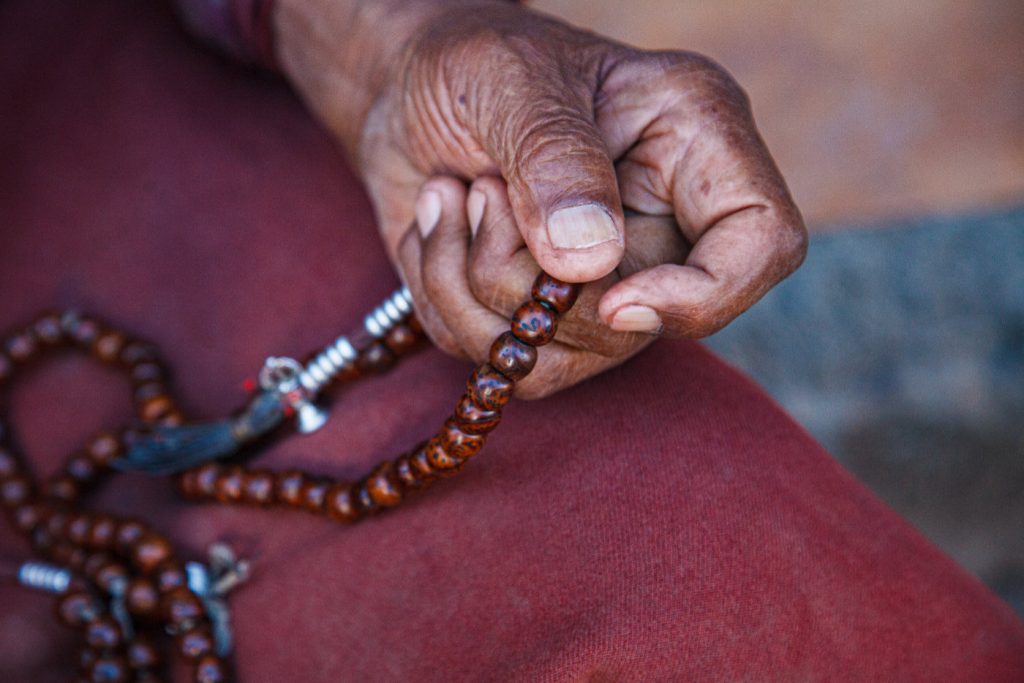Hinduism 101

TL;DR: Hinduism is one of the most fascinating religions in the world, with impressive history and influence. They emphasize truth as eternity, Brahman as the divine in-universe, Vedas as the guiding authority, and the immortality of human souls.
Hinduism is one of the oldest religions in the world and the third largest, followed by an astonishing 1.1 billion people around the world. The Hindu religion originated in the Indus Valley, located near modern-day Pakistan.
While many scholars estimate the Hindu religion to have originated around 2300 B.C. and 1500 B.C., many Hindus regard their faith to be perennial and timeless. As a religion, Hinduism is a culture and a way of life that deeply impacts many aspects of the followers’ life. Hinduism is dominant in India and is also widely practiced in Nepal, and Indonesia. Culturally, Hinduism’s influence has also expanded to the West, such as yoga and chakras.
Texts
There are two kinds of texts within Hinduism which are revealed texts and remembered texts. Revealed texts have a divine nature and include the Vedas, Upanishads, Brahmanas, and Aranyakas. Remembered texts were written by humans and include the Bhagavad Gita, Mahabharata, and Ramayana.
One of Hinduism’s primary religious texts is the Vedas, which translates to “Knowledge” in the Sanskrit language. The Vedas embody major Hindu teachings, it was preserved through methodical oral traditions for many years before being scribed. Hindu philosophy is abundant in the Upanishad, Ramayana, and the Mahabharata. Hinduism is among one of the many world religions that are commonly known as “Dharma traditions.” One common concept that is being used widely is karma, which is embraced and shared by the Dharam tradition, among dharma, karma, and samara, and moksha.
Worship
Hinduism has no historical founder but is governed by sacred texts of rituals, worship, pilgrimage, and daily activities, and many others. The combination of these aspects contributes to the diversity of Hindu practices and beliefs. Hinduism has expansive practices and deities and this reflects the abundance of the diversity of India.
Hinduism is a pantheistic religion, meaning they believe god is the universe. However, many also perceive Hinduism as polytheistic: because of the different deities, gods, and goddesses that personify the one true God.
Beliefs
In Hinduism, followers believe there is only one supreme being: Brahman, the absolute and divine being in the universe. Hindus pursue the knowledge of truth and reality, moral order and right action, tolerance. Another aspect of Brahman is the primages to the holy sites and celebrations and festivals throughout the year. This is presented in all living beings. Brahman is also regarded as the creation, preservation, and dissolution. These three functions are often referred to as the Hindu trinity of Brahma, Vishnu, and Shiva.
While Hindus share the belief of Brahman, there are expansive and diverse interpretations about its nature and form. For instance, some regard Brahman as boundless, amorphous, and can be worshiped in its different forms. Others interpret the Divine to be infinite but with a preternatural form.
Most Hindus believe the soul (atman) to be eternal. This means that when the physical body dies, the person’s soul is reborn in another body (this continuous cycle of life is called samsara, more commonly known as reincarnation). Rebirth is ruled by the Law of Karma, which strictly follows the principle that every action participates in its cause and effect.
The Law of Karma attempts to explain an individual’s current life experience as a reflection of the result of their past births. With the same logic, a person’s actions in their present life will impact their future births, which means circumstances in their current life are the effect of karma in action.
The understanding of Karma is widely applied in our everyday speech and is an idea shared by many outside of the Hindu religion. However, the idea of Karma has a detrimental effect. The Hindu scripture-inspired caste system, a hereditary social class system of inherent segregation and restrictions, and a deep division in wealth, inherited rank, and occupation.
There is a caste system that exists within Hinduism. The levels are as follows:
Brahmin or the intellectual class are perceived to possess the qualities of purity, uprightness, and knowledge. They serve as the priests and teachers in society.
Kshatriyas or the warrior class are perceived to possess physical powers and courage. They are the rulers, warriors, and protectors in society.
Vaishyas or the commercial class are characterized as skilled tradesmen. They serve as the traders, merchants, entrepreneurs in society.
Shudras or the labor class are associated as manual laborers in society, often serving in the agriculture sector.
Dalits (untouchable) are tasked with the most undesirable jobs and labor in society. They work as street sweepers, latrine cleaners, and many more.Overall, there are four main goals of Hinduism, also called purusharthas. The first is to achieve Dharma, spiritual advancement and awakening. The second is to achieve Artha, the material prosperity to foster an ideal and comfortable life. The third is to achieve Kama, the enjoyment of the material world, which embodies ones’ passion and pursuit of pleasure in senses, affection, or love. The last is to achieve Moksha, liberation from suffering in the material world and the awareness of freedom.